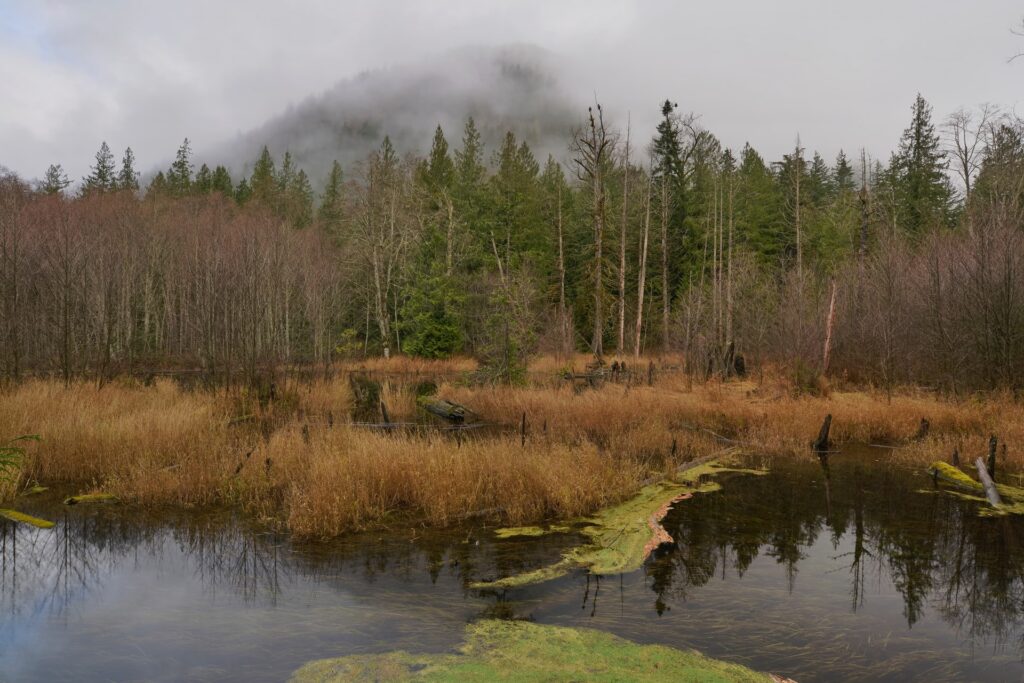https://www.eoi.es/blogs/davidthorpe/2014/01/16/the-importance-of-ecotones/
Posted on 16/01/2014 by davidthorpe
 Source http://www.basic.ncsu.edu/segap/Vertebrate.html
Source http://www.basic.ncsu.edu/segap/Vertebrate.html
An Ecotone describes an area that acts as a transition or boundary between two ecosystems. This could be, for example, an area of marshland between a river and the riverbank, a clearing within a forest or a much larger area such as the transition between Arctic Tundra and Forest biomes in Northern Siberia. As this area is inevitably Influenced by the two bordering ecosystems, it is therefore a consequence of this that a higher density of organisms and variety of species can be found within an Ecotone. This increase in biodiversity is referred to as the “edge effect”.
An Ecotone can be formed naturally – through abiotic factors such as changes in soil composition – but can also be created through the result of human interaction. Clearing of forest areas or irrigation are examples of this.
Ecotones are considered areas of great environmental importance. As well as providing an area for a large number of species, they often experience influx from animals looking to nest or searching for food. They may also be considered a habitat of greater genetic diversity and serve as bridges of “gene flow” from one population to another. Additionally an Ecotone can act as a “buffer-zone” protecting the neighbouring ecosystem from possible environmental damage – i.e. a wetland area could absorb pollutants preventing them from seeping into a river or estuary. It is not surprising therefore that Ecotones have attracted a lot of scientific interest.
 Source:http://leadnet.org/blog/post/what_we_can_learn_from_ecotones
Source:http://leadnet.org/blog/post/what_we_can_learn_from_ecotones
It seems likely that environmental scientists will pay increasing attention to Ecotones as these provide a sensitive indicator of global change. A contraction or shifting of boundaries is now believed to be a result of climate change. Similarly, as many fauna and flora found in Ecotones are at the limits of their boundaries, any changes to the local environment will be felt by these species first. Their activities therefore act as a barometer for change.




